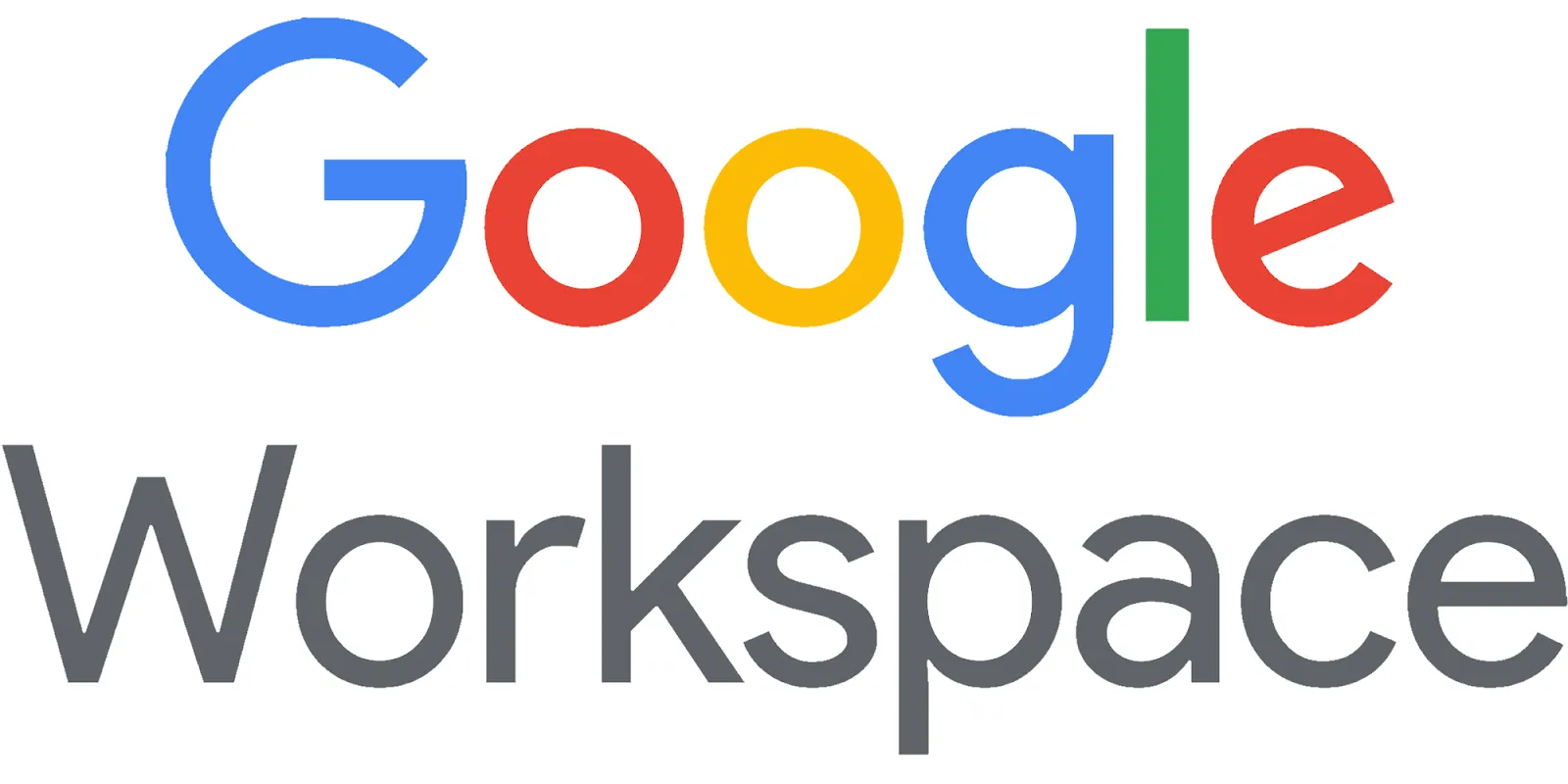Accessibility Features of Google Chrome
Accessibility Features of Google Chrome

As the internet becomes an essential part of daily life, ensuring that web browsing is accessible to everyone is crucial. Google Chrome has integrated various accessibility features to cater to users with different needs, enhancing their browsing experience. This article explores the key accessibility features of Google Chrome, how to use them, and additional tools that can improve web accessibility.
1. Screen Reader Support
Google Chrome provides robust support for screen readers, enabling visually impaired users to navigate the web efficiently. Screen readers like ChromeVox, JAWS, and NVDA read aloud the text displayed on the screen, allowing users to interact with websites using keyboard shortcuts. Chrome's compatibility with these tools ensures a smooth browsing experience for visually impaired individuals.
2. High Contrast Mode
For users with visual impairments, Chrome offers a high contrast mode that enhances readability by increasing the contrast between text and background. This feature can be enabled through Chrome's settings or by using extensions designed for high-contrast viewing. Users can customize colors to suit their preferences, improving the overall visibility of web content.
3. Zoom and Text Scaling
Chrome allows users to zoom in and out of web pages, making it easier to read text and view images. Users can adjust the zoom level by pressing Ctrl and the plus (+) or minus (-) keys. Additionally, Chrome offers text scaling options that increase the size of text without distorting the layout, ensuring that users can read content comfortably.
4. Keyboard Shortcuts
Chrome supports a wide range of keyboard shortcuts that facilitate navigation without using a mouse. Some useful shortcuts include:
- Ctrl + T: Open a new tab
- Ctrl + W: Close the current tab
- Ctrl + Shift + T: Reopen the last closed tab
- Tab: Navigate through clickable items on the page
- Enter: Activate the selected link or button
These shortcuts make it easier for users with mobility impairments to browse the web efficiently.
5. Voice Search and Dictation
Google Chrome integrates voice search capabilities, allowing users to conduct searches without typing. This feature is particularly beneficial for users with limited mobility or those who prefer auditory interactions. By clicking the microphone icon in the search bar or using Google Assistant, users can initiate searches, navigate websites, and execute commands using their voice.
6. Extensions for Enhanced Accessibility
Chrome's extension ecosystem offers a variety of tools to enhance accessibility. Some notable extensions include:
- Read&Write: A text-to-speech tool that reads web content aloud and helps with reading comprehension.
- Web Paint: A browser extension that allows users to annotate web pages, helping individuals with cognitive disabilities to focus on specific content.
- Accessibility Checker: This tool helps website developers ensure that their sites are accessible by identifying potential barriers for users with disabilities.
7. Customizable Browser Settings
Chrome allows users to customize browser settings to enhance accessibility. Users can change the default font size, adjust the page layout, and modify other display settings to suit their preferences. These customizations ensure that the browser meets the specific needs of users with varying accessibility requirements.
8. Support for Accessible Web Standards
Google Chrome adheres to the Web Content Accessibility Guidelines (WCAG) and supports ARIA (Accessible Rich Internet Applications) standards. This compliance ensures that websites built using these guidelines are accessible to users with disabilities, providing a better browsing experience for everyone.
9. Conclusion
Google Chrome's accessibility features play a vital role in creating an inclusive web browsing experience. By integrating screen reader support, high contrast modes, zoom capabilities, and customizable settings, Chrome enables users with disabilities to navigate the internet with ease. Furthermore, the availability of extensions and adherence to web accessibility standards underscores Chrome's commitment to enhancing accessibility for all users. By taking advantage of these features, everyone can enjoy a more accessible and enjoyable browsing experience.
Related Articles on Google Chrome
- The History and Development of Google Chrome
- Key Features of Google Chrome
- Chrome Extensions: The Top 20 Extensions to Boost Your Productivity
- Google Chrome Security: Tips to Protect Yourself
- Google Chrome Performance Improvement Methods
- How to Use Google Chrome Sync Feature
- Chrome's Privacy Settings and Protection of User Data
- Google Chrome and Web Standards
- Using Developer Tools for Google Chrome
- Reviewing Chrome's Mobile Version
- The Future of Google Chrome: New Features and Developments
- Keyboard Shortcuts for Productivity in Chrome
- Google Chrome Extension Development Guide
- Tips for Success in the Chrome Web Store
- The Interaction Between Google Chrome and Internet Speed
- Chrome's Synchronization Features and Multi-Device Usage
- Watching Videos and Media Management in Google Chrome
- Accessibility Features of Google Chrome
- Google Chrome's Energy Consumption and Battery Efficiency









Comments
Post a Comment